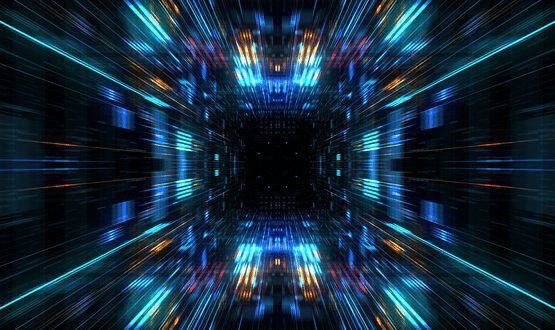How technology can transform end-of-life care

Ian Bailey, a district nurse and clinical director at EMIS Health, explores how technology can help transform care for the increasing number of terminally ill patients being cared for at home.
Every year, expert end-of-life teams care for more than 200,000 people with terminal or life-limiting illnesses in 220 hospices across the UK.
It is the type of holistic care that accounts for a dying patient’s emotional well-being and not just their physical requirements – the kind of care we would all hope for when the time comes. An overwhelming 82% of such patients want to die at home, yet half of them will die in hospital.
So, it is heartening to see an increasing number of hospices providing care in people’s own homes. The right technology can help transform this care, and the good news is that it already exists.
Making complex care less complex
Even at the best of times, dealing with multiple agencies and care givers can be complicated. Ask anyone trying to coordinate patient services in the NHS.
Medicalised end-of-life care is focused around symptom control and keeping the patient as comfortable as possible, but staff also provide emotional and social care at this difficult time.
Sensitive collaboration needs truly informed decision-making and for that to happen, the multiple care givers and agencies need instant access to a complete, chronological patient record.
This technology is already being used at East Cheshire Hospice, where the same level of care can be given to a patient in their own home as they would receive in a more clinical setting such as a hospice or hospital. All the GPs, community teams, district nurses, Macmillan teams and the hospice have access to the information they need via a shared patient record.
Ensuring patients’ wishes are met
Many patients may die in hospital against their wishes because their condition exacerbated to a point where it was the only place it could be managed. Some of this is linked to a lack of information sharing between providers and agencies.
Imagine a situation where a patient’s condition had deteriorated at home and their family, frightened and unable to cope, called 999.
Once the paramedics arrived, they would probably take the patient to A&E – which isn’t always the most appropriate setting. Now imagine the same scenario but with the paramedic having full access to the patient’s complete health record. The paramedic would be able to see the care the patient is receiving from the hospice at home team and arrange for them to visit.
Helping patients throughout their end-of-life journey
The end of a patient’s life is not the only focus. Hospices also help patients live as well as possible during the time they have remaining.
To ensure this happens consistently, all healthcare professionals from multiple agencies need to be armed with all the information, all the time.
Often, and particularly in these scenarios, patients and their families are unaware of the detail of their care plans and it is difficult to rely solely on their account.
Having to repeat their story to different care givers is particularly distressing for people who are terminally ill and their families. Patients at this stage should be cared for by clinicians familiar with their condition and their history.
Giving the patient the best experience possible is key and without the distraction of information gathering on each visit, the care and support required can be the focus. With information sharing, the clinician can seamlessly continue the care provided previously.
Supporting families and carers
Of course, patients are rarely by themselves. They have friends, families and carers supporting them, and often, living in the same place. They can also be actively involved in that patient’s care.
Following death, hospice staff also provide 46,000 people each year with bereavement support.
If all healthcare professionals can see details of the wider picture, it helps them provide more sensitive support and give better informed advice to families. Meanwhile, those around the patient feel more supported through very difficult times.
Attaining gold standards for hospice care
End-of-life care is extremely complex. Technology can help smooth the pathway by supporting collaboration and helping deliver the very best care. It is something we all want for ourselves, and our loved ones.





1 Comments
Thankyou Ian for this. There is a vital need for joined up information available to all professionals caring for palliative care patients, not just in the their own homes, but in care homes, hospices and hospitals. In Wales we have been working on this problem for several years and our 24/7/365 on-call palliative medicine doctors (and many others) can view increasing amounts of clinical information as they work with those providing hands on care OOHs. Wales also has a CCIO for End of Life Care, whose role is to continue to build the availability of clinical information.
Comments are closed.